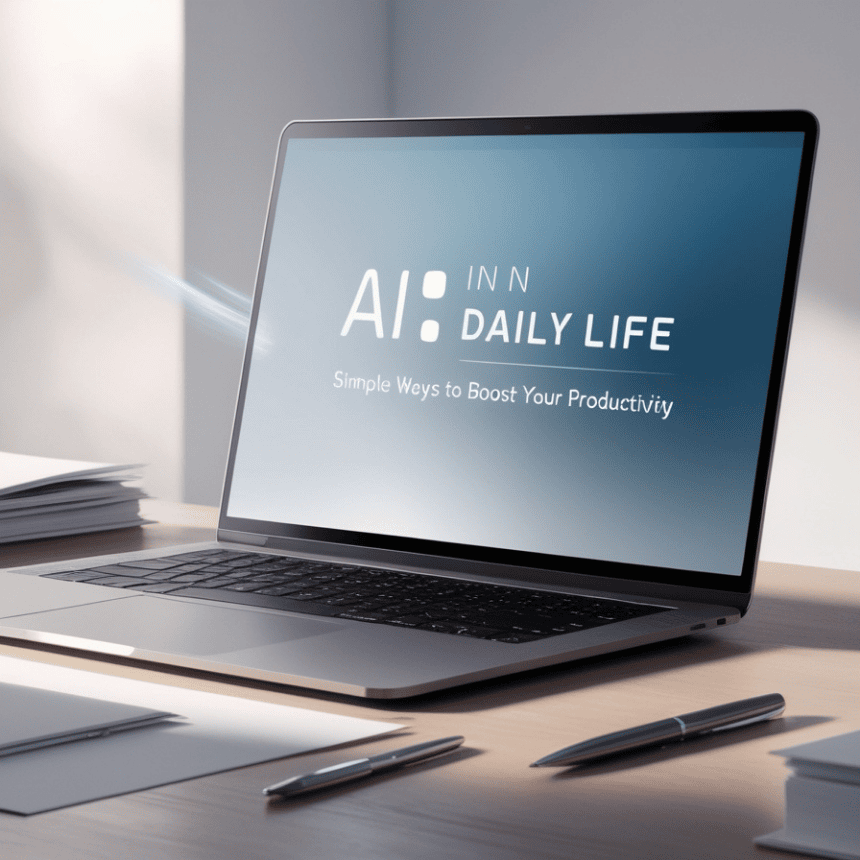Overview
Artificial intelligence greatly boosts productivity in the daily usage of repetitive tasks through automation. Research has been able to evidence that the throughput to a task enhances by as much as 66% with AI tools. For example, customer support agents will have as much as 13.8% more customer inquiries handled in every hour with AI support. Business professionals will also write 59% more documents with AI tools. These help curb decision fatigue whereby one can focus on more significant things and efficiency in both personal and professional fronts.
What AI is used For Today?
AI is now part of our daily practices as it impacts most sectors and improves user experience. Valuation of AI technology has been more than $196 billion. Based on projections, annual growth is expected to reach 38.1 percent till 2030. By 2025, it is estimated that about 97 million people would be employed in AI-related jobs.
About 83% of companies include AI in their corporate strategy formulation wherein AI importance is reflected in their business activities. Of all devices utilized in consumer applications, 77% use some form of AI, for example, by improving communication and travel planning processes. AI also personalizes entertainment recommendations, greatly enhancing user engagement and satisfaction.
5 Most Popular Uses of AI in Our Daily Lives:
1. Healthcare Diagnostics
Healthcare diagnostics are being revolutionized by AI with advances in the precision and efficiency of disease detection. Research studies have highlighted that it is possible for AI systems to achieve diagnostic rates beyond 90% for breast cancer and heart diseases by 2024.
The volume of data these algorithms process may not necessarily be noticed by human healthcare professionals in comparison. AI-backed early detection leads to timely interventions that improve patient outcomes and trim costs in health care systems.
2. Personalized Learning
AI is transforming individualized learning through the creation of unique, individualized educational experiences. Adaptive learning platforms in 2024 had proved that when instructional content was appropriately tailored, results improved by 62%. Near 60% of the U.S. K-12 teachers have adopted AI as a tool to enable individualized instruction.
AI learns patterns and, accordingly, modifies lesson plans in real time according to the proficiencies of the students. It results in better understanding and relation to the lesson by the learners, leading eventually to desirable outcomes towards better education with diversified learners.

3. Customer service automation
AI can revolutionize the process of automation in customer service by addressing routine inquiries efficiently. In 2024, it is estimated that AI-powered chatbots will account for 80% of all customer interactions. Such tools offer 24/7 support, significantly reducing response times and increasing customer satisfaction.
Companies have seen a 30% reduction in operational costs due to the automation of requests, enabling human agents to work on complex issues. In summary, AI contributes greatly to consistency and personalization in the management of customer interactions, which builds brand loyalty.
4. Autonomous Cars
By 2024, AVs are moving at a rapid pace since AI stimulates over 90% of real-time navigation and obstacle avoidance. AV market will grow at 40% per annum with advancements of machine learning and sensor technologies.
The AI enables data sensing and incorporation from sources such as LiDAR and cameras in order to make proper decisions by the vehicle while in dynamic environments. It also encourages safety, relief of traffic congestion, and unlocking smarter urban mobility solutions.
5. Energy Management
In 2024, AI is changing the rules for energy management into increased optimization and reduced costs. AI systems can make waste in buildings as low as 30%, that means electric power bills are substantially diminished. AI smart grids ensure increased reliability by predicting peaks in demand and adjusting supply up accordingly.
According to reports, AI-based energy management can cut emissions of greenhouse gases as high as 10% annually. Thus, this technology becomes pretty important for carbon neutrality and general improvement of energy efficiency in the urban environment.
Productivity-boosting Tools using AI
AI tools are revolutionizing workplace productivity by making people work more efficiently. By 2024, 75% of firms reported that they had managed to include AI tools in their everyday operations, completing tasks faster. With tools such as ChatGPT and Notion AI, one is able to write, plan, or even analyze data without having to be so manual.
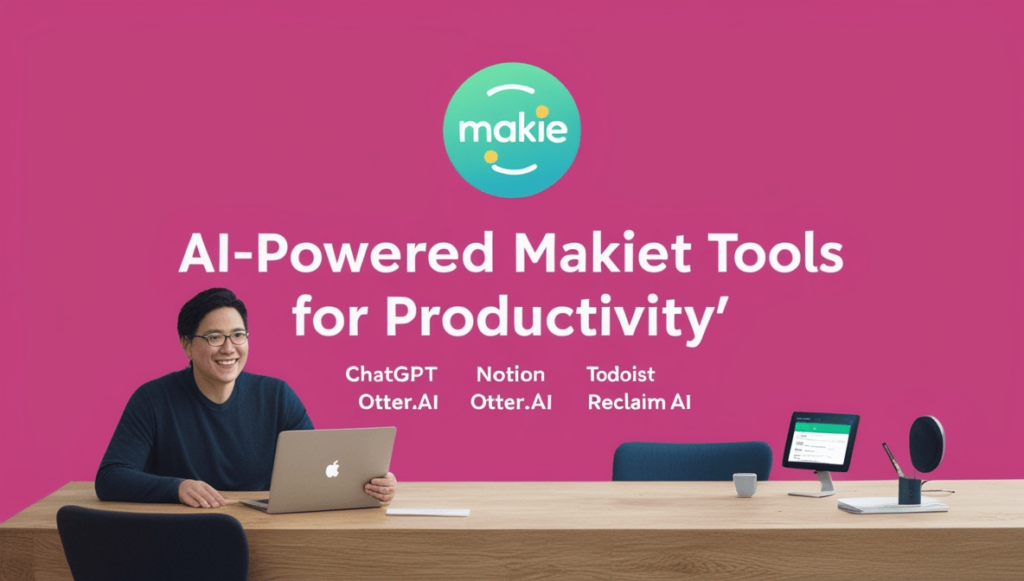
Added to this, 90% of the users say these tools enhance workflow. As AI technology grows, it continues evolving professional environments and optimizing productivity. Some of the tools used in the production chain of AI-powered tools for productivity are given below.
• ChatGPT
• Notion
• Otter.ai
On the Road: AI for Seamless Transportation
AI is increasingly being infused into everyday living, especially in transportation. The market of AI worldwide is envisioned to swell to $299.64 billion by 2026. Self-driving cars similar to Tesla have become a reality and nearly 500,000 are now on the roads. The AI systems also work to reduce accidents and minimize the deficit over speed limits, hence ensuring safety.
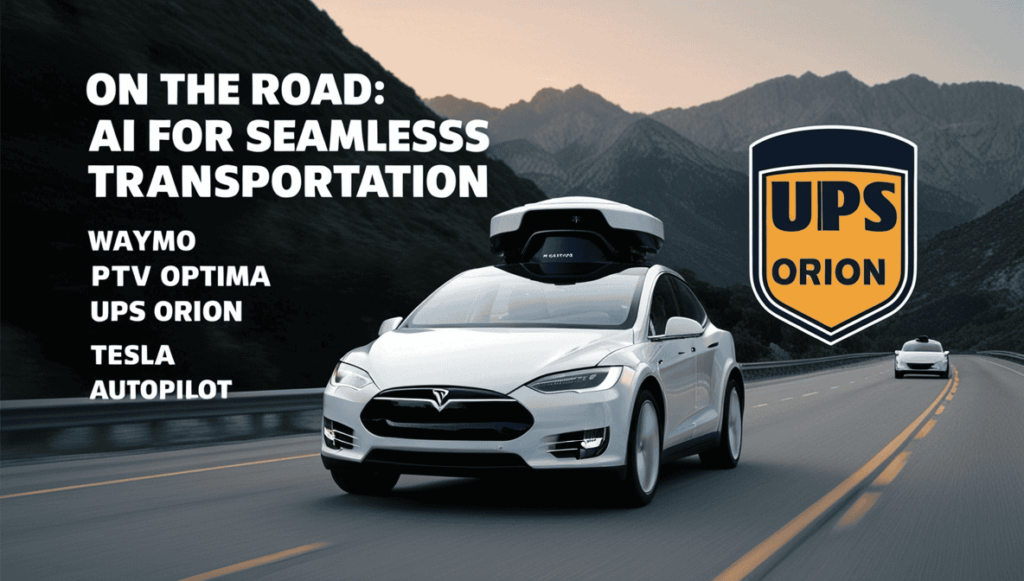
Moreover, its interventions in traffic management, optimize routes and prevent congestions and jams, hence saving time for commuters. Some of the AI tools that have been applied in Seamless Transportation on Road include:.
• Waymo
• Siemens
Healthcare at Your Fingertip: AI in Personal Wellness
AI is changing personal wellness in healthcare, providing innovative solutions for early diagnosis and patient management. The global AI healthcare market summed to $22.45 billion in 2023 and is expected to grow at 36.4% CAGR from 2024 to 2030.
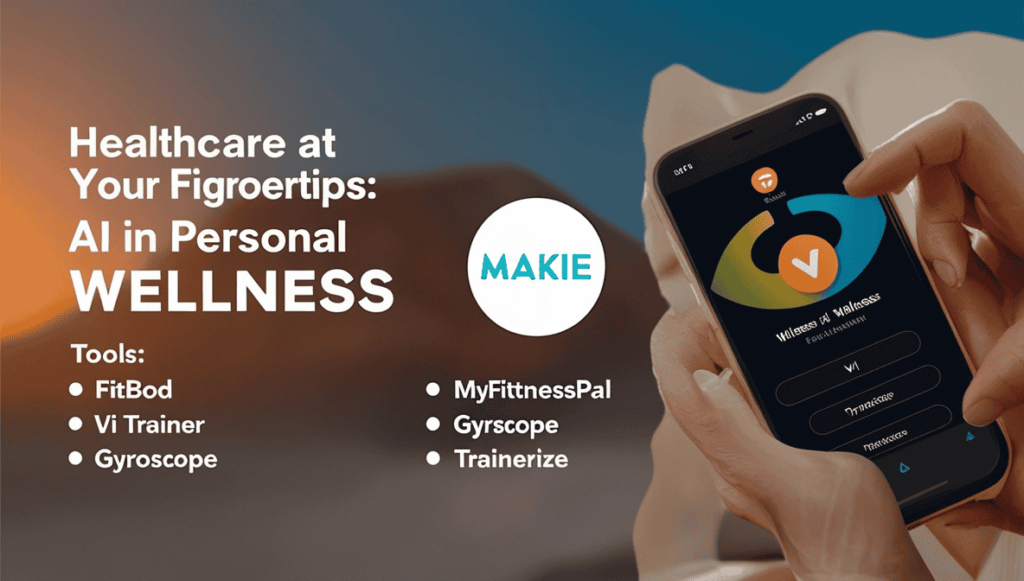
AI enhances preventive care by analyzing patient data to identify risks early. It empowers virtual health assistants with personalized guidance that can improve patient engagement and adherence. Such innovations promise better health outcomes and efficiency in health care. Some of the tools used in health care are as follows:
• Fitbod
• Gyroscope
• Trainerize
Sustaining Life: Artificial Intelligence for a Greener Earth
AI is playing a gigantic role towards sustainable living with efficiency and reduced impact on the environment. In 2023, the global AI sustainability market reached $22 billion, which is going to increase at an estimated 25% CAGR through 2030.
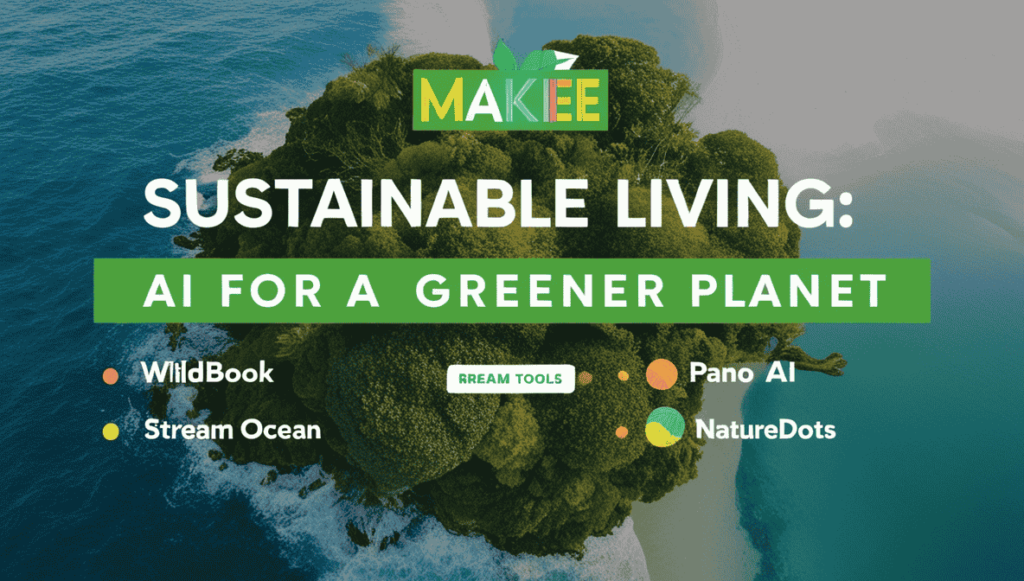
Companies use AI for collecting data and analysing it so that sustainability reporting and decision-making can be bettered. AI optimizes the use of resources used in agriculture, energy usage, and waste management contributing to greener practices towards achieving global sustainability goals. Some of the tools used in the sustainable life are explained below:
• Wildbook
• Stream Ocean
• Pano AI
• NatureDots
• ARIES
AI at Work: Managing Professional Life
AI is transforming the workplace, making it more efficient and transforming professional life. In 2024, 75% of employees reported that they used AI in their jobs. Furthermore, 46% began using it in the past six months. Most employees use AI for data analysis, writing tasks, and scheduling. Notably, 90% of employees stated that AI saved them time.
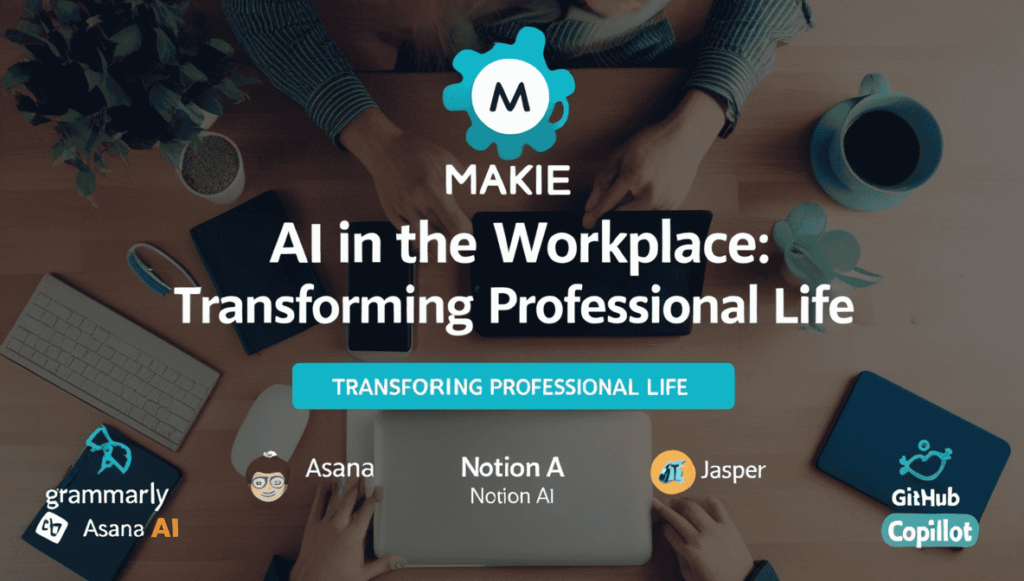
However, 53% fear that AI might make them look replaceable. Companies view AI as essential to their competitiveness and plan to invest in worker training. Some of the tools used in Ai in workplace are listed below.
• Asana
• jasper
Conclusion: AI in Daily Life
Artificial Intelligence is revolutionizing day-to-day life because of its weight on efficiency, convenience, and decision-making across various fields of operations. The AI market worldwide is projected to grow by 33% in the year 2024, showing a widening scope, while AI is going to create around 97 million jobs by 2025, reflecting its place in the economy. Firms that adopt AI are going to gain a competitive advantage over their customers and the processes of operations.

